
It is common to hear fmcg marketing and insight people promote the idea that to grow a brand, you must grow penetration. One leading agency seems to include this observation in almost every presentation.
The insight team at one fmcg giant wore t-shirts to their annual planning conference proclaiming “it’s all about penetration”. So a lot of sound and fury. But signifying what? Has this helped our industry?
There is other dogma around. “It’s about customer satisfaction and nothing else.” “It’s about shareholder value and nothing else.”
But you can’t reduce success to a single axis. In trying, you may reap unintended consequences. So how do you take value from theory, but prevent it dominating or constraining your thinking?
First, listen to intuition and experience. Is the theory saying that getting new users would be a brand’s only concern? If so, might that imply that keeping loyal users happy doesn’t matter? If you had a restaurant, would you buy that theory? Listen to your intuition. Draw on your experience. Don’t be blinded by maths or seduced by apparent simplicity.
Second, think it through. Unpack the theory and see how it holds up. Back to the penetration story: the data shows that the majority of brands growing over 52 weeks have increased their penetration. There is a correlation. It is true. So let’s unpack it.
The theory can be restated as “brands are more likely to grow from getting people who didn’t buy last year to buy this year, than from getting people who bought once or more last year to buy an extra time this year”. A mouthful. But here’s the question: does that still appear to be a useful observation? Perhaps not? Unpacking the theory helps to test its value.
Third, ask the theorists for the “so what”. What should we do differently? How have other companies applied this thinking successfully? Show us examples.
Despite frequently hearing the penetration theory in the past 10 years, I have struggled to find useful so whats or examples. There’s a related theory that says to grow a brand you must maximise the physical availability (distribution) and the mental availability (the familiarity and perceived relevance of the brand).
Now that theory does have obvious “so whats”. Maximise your distribution, like Coca-Cola did with its “within an arm’s length” mindset. Make sure your brand is famous and well understood. So the theory about mental and physical availability seems potentially useful.
Theory is like data. Use it, but don’t let it drive you. To manage it, listen to your intuition, unpack the theory to test it, and ask for the so whats. If a theory survives those tests, it might bring your business some value.
Jeremy Garlick is a partner at Insight Traction




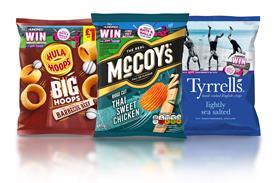
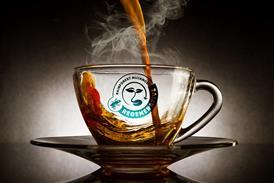

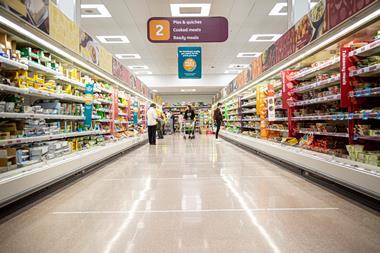
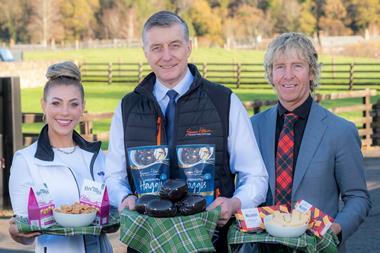



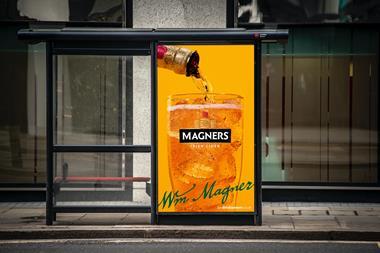
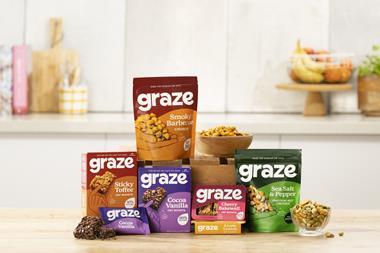
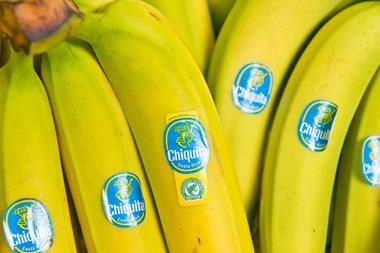


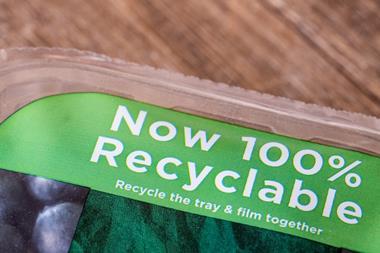
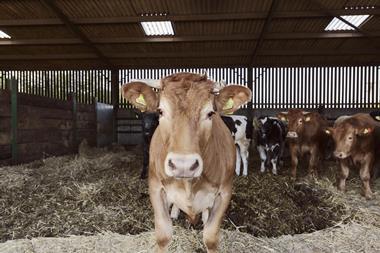
No comments yet